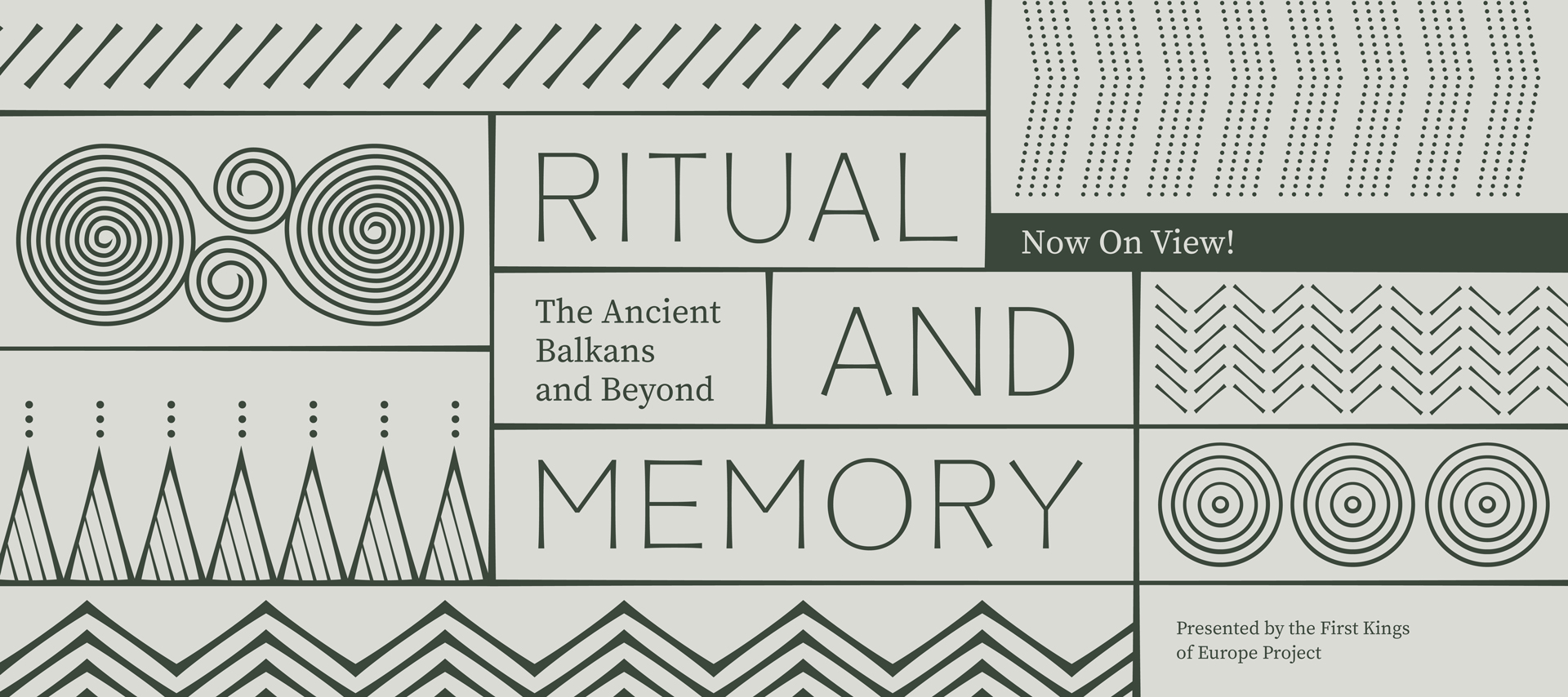Monumental Figurines of First Farmers: Neolithic “Clayscapes” in the Carpathian Basin
Eszter Bánffy
German Archaeological Institute
This lecture will take place online; a Zoom link will be provided via email to registered participants.
Registration is required at THIS LINK.
This talk will demonstrate the process of fundamental cultural change during the European Early Neolithic that took place in the northern marginal zones of the Balkans in the first half of the 6th millennium BCE. This zone, the southern part of the Carpathian Basin, is part of the south-eastern “world of clay,” where this material was used as the fundamental building block for architecture, artefacts, and rituals objects—truly “Clayscapes.”
For these prehistoric cultures, leaving the warm riverine lowlands and entering into a hilly forested landscape brought about crisis and challenge, but it was simultaneously a catalyst for changes in new and creative mental patterns and, in consequence, innovative ritual activities. Following the human-material relations, a newly identified Early Neolithic monumental horned figurine type appeared. This striking figure acts as the cornerstone of my presentation as an embodiment of the last instance among the south-eastern European early farming communities and their “Clayscapes.”
Research into a contextual reconstruction of the changes in household rituals involved in making and using these figurines includes consideration of zooarchaeological and environmental issues, and connections with early dairy consumption. Professor Bánffy shall thus present a combination of research results coming from diverse fields: concepts of subsistence, landscape perception, architecture, and cognition.
This lecture is given in conjunction with our current exhibition Ritual and Memory: The Ancient Balkans and Beyond.
Ritual and Memory: The Ancient Balkans and Beyond is organized in partnership with the Field Museum's First Kings of Europe project and has been made possible in part by a major grant from the National Endowment for the Humanities: Democracy demands wisdom.
This exhibition at the Institute for the Study of the Ancient World is made possible by generous support from Nellie and Robert Gipson and the Leon Levy Foundation. Additional funding provided by The Gilbert and Ildiko Butler Foundation and James H. Ottaway Jr.

Please check isaw.nyu.edu for event updates.
ISAW is committed to providing a positive and educational experience for all guests and participants who attend our public programming. We ask that all attendees follow the guidelines listed in our community standards policy.